PDF chapter test TRY NOW
Electric current
The term 'current' is defined as the flow of particles in a particular direction. For example, air currents that cause winds, ocean currents, etc.
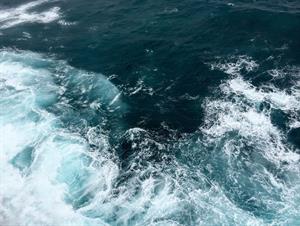
Likewise, electric current is the flow of electric charges (electrons) in an electric circuit.
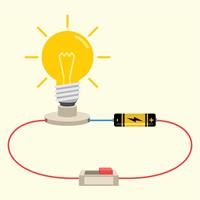
Electricity occurs from the movement of electric charge. It is mainly generated from power stations.
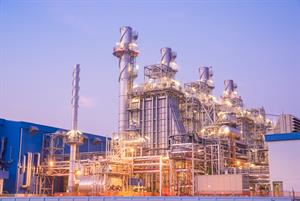
We use electricity to light our homes, roads, markets, and factories to make our work easier after sunset. It also helps to lift water from wells to the tank at the rooftop with the help of pumps.
Electric cell
Sometimes, the torch is also used for providing light in our homes during electrical failure.
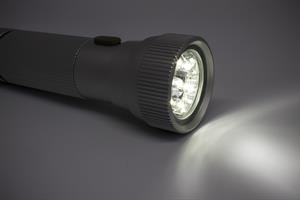
Electricity is supplied to the torch bulb with the help of an electric cell.
An 'electric cell' is a device that converts chemical energy into electrical energy, thus producing a small amount of electricity.
Example:
Alarm clocks, wristwatches, transistor radios, and cameras.
Construction
The electric cell consists of two terminals; a small metal cap on one side with a positive (+) sign and a metal disc on the other side with a negative (–) sign.
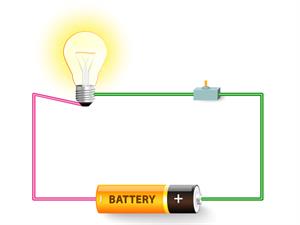
The positive and the negative terminal are connected for the current to flow. Chemical reactions happening inside the cell produce electricity. When these chemicals are exhausted, the cell needs to be replaced by a new one.
Electricity inside a torch bulb
A torch bulb consists of a glass, filament, connecting wires, and a metallic base.
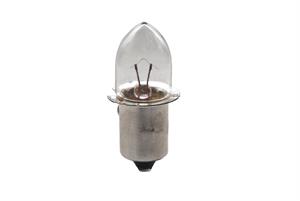
A torch bulb is made of glass that is fixed on a metallic base. The filament made of thin tungsten wire gives light when electricity flows through it. It is placed between two thick connecting wires, which act as a support to the filament.

The torch bulb consists of two terminals, the base of the bulb and the base's metal tip. These two terminals are placed apart from each other so that they do not touch. One of these connecting wire is fixed to metal at the base of the bulb, whereas the other wire is fixed to metal tip at the centre of the base.
